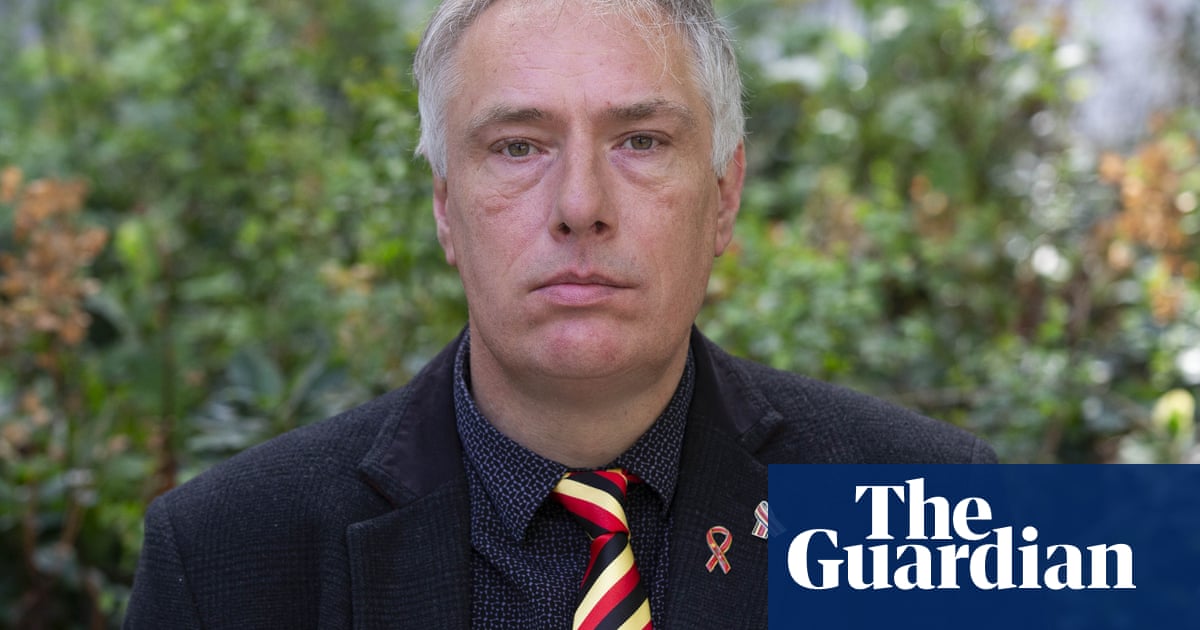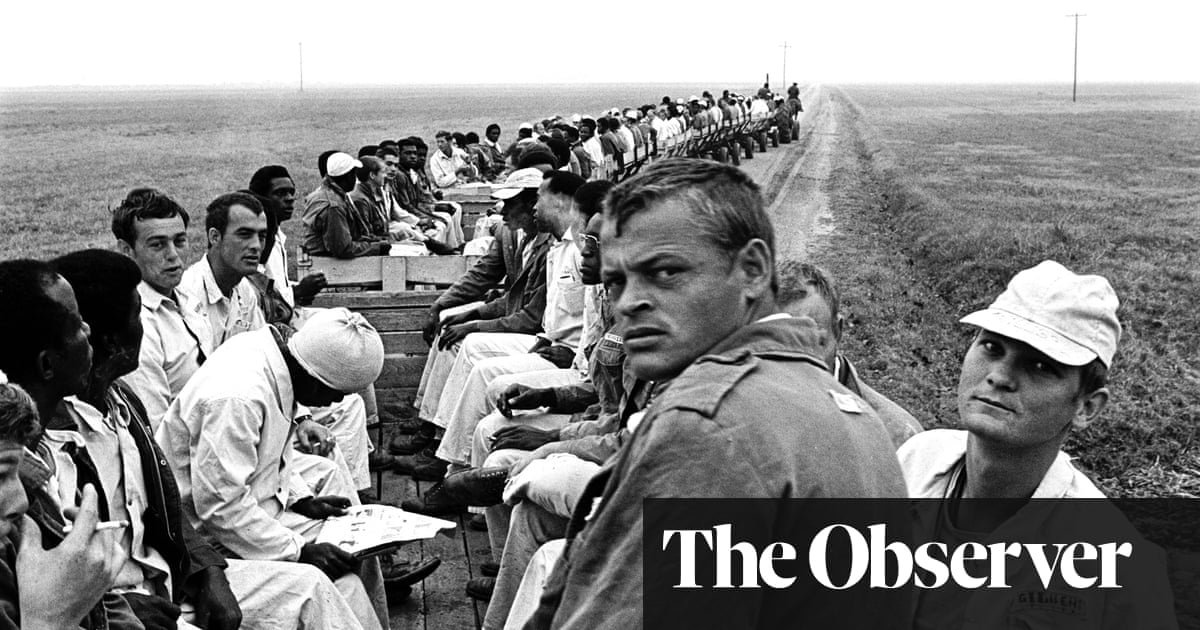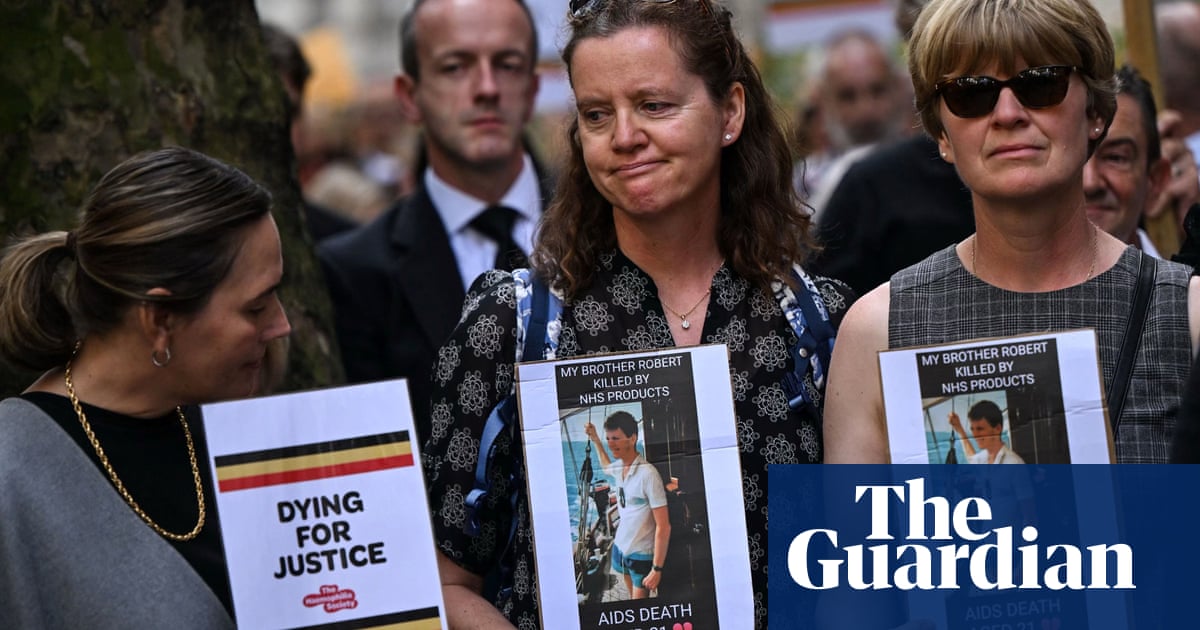
A pharmaceutical company continued to insist its blood products were safe despite knowing it had used untested donors and that two people who had used the products had tested HIV positive, the infected blood inquiry has heard.
On Thursday, Christopher Bishop, a former marketing manager at Armour UK, a major supplier of blood products, became the first employee of a pharmaceutical company involved in the infected blood scandal to give evidence to the statutory inquiry.
There were 1,240 British haemophilia patients infected through untreated blood products known as Factor VIII, contaminated with HIV and/or Hepatitis C. Most of them have since died.
Documents presented to the inquiry showed that in February 1986, Armour knew of two people who were infected with HIV, one in the UK and one in the Netherlands. In the case of the UK patient, Armour had known about the positive test in July 1985 but did not inform the Department of Health and Social Security (DHSS) until February 1986.
Another document implied that Armour did not start testing donors for HIV until February 1986. Nevertheless, the same month, the company sent a document to its sales reps saying: “The thousands of haemophiliacs who needed the life-saving treatment could be confident that they were receiving safe supplies.”
Jenni Richards QC, the counsel to the inquiry, asked Bishop: “On what basis could you … confidently assert that the thousands of haemophiliacs who needed life-saving treatment were receiving safe supplies?”
Bishop replied that it was “based on the evidence and the science available”.
The inquiry was also shown a document sent by Armour UK to haemophilia centre directors in May 1983 which stated there was “little evidence” to link its products with Aids. Asked if the wording was appropriate given concerns at the time, Bishop said it could have been improved by insertion of the word “proven” or “substantiated” before “evidence”.
Also in 1983, Bishop sent a telex saying the DHSS would allow the company to “dispose” of Factor VIII manufactured before new safety measures had been introduced. He wrote that it was “clearly vitally important” to do this “as soon as possible”. Asked by Richards if this meant he was keen to swiftly sell products made before the cut-off date because of a fear the DHSS might change its mind, Bishop replied: “I don’t know, that would appear to be the indication.”
Armour’s Factor VIII was withdrawn in October 1986, about a month after it emerged that two children with haemophilia at Birmingham children’s hospital had been infected with HIV. Asked by Richards whether he accepted that it should have been withdrawn earlier and whether the company could have been more “open and transparent”, Bishop answered “no” to both.
The inquiry also heard that an internal Armour UK document acknowledged in 1981 that non-A, non-B Hepatitis (later named Hepatitis C) was the “most common form” of the disease in “certain plasma derivatives” and could cause chronic liver damage in up to 50% of patients whose infection was associated with blood transfusion or haemodialysis.












